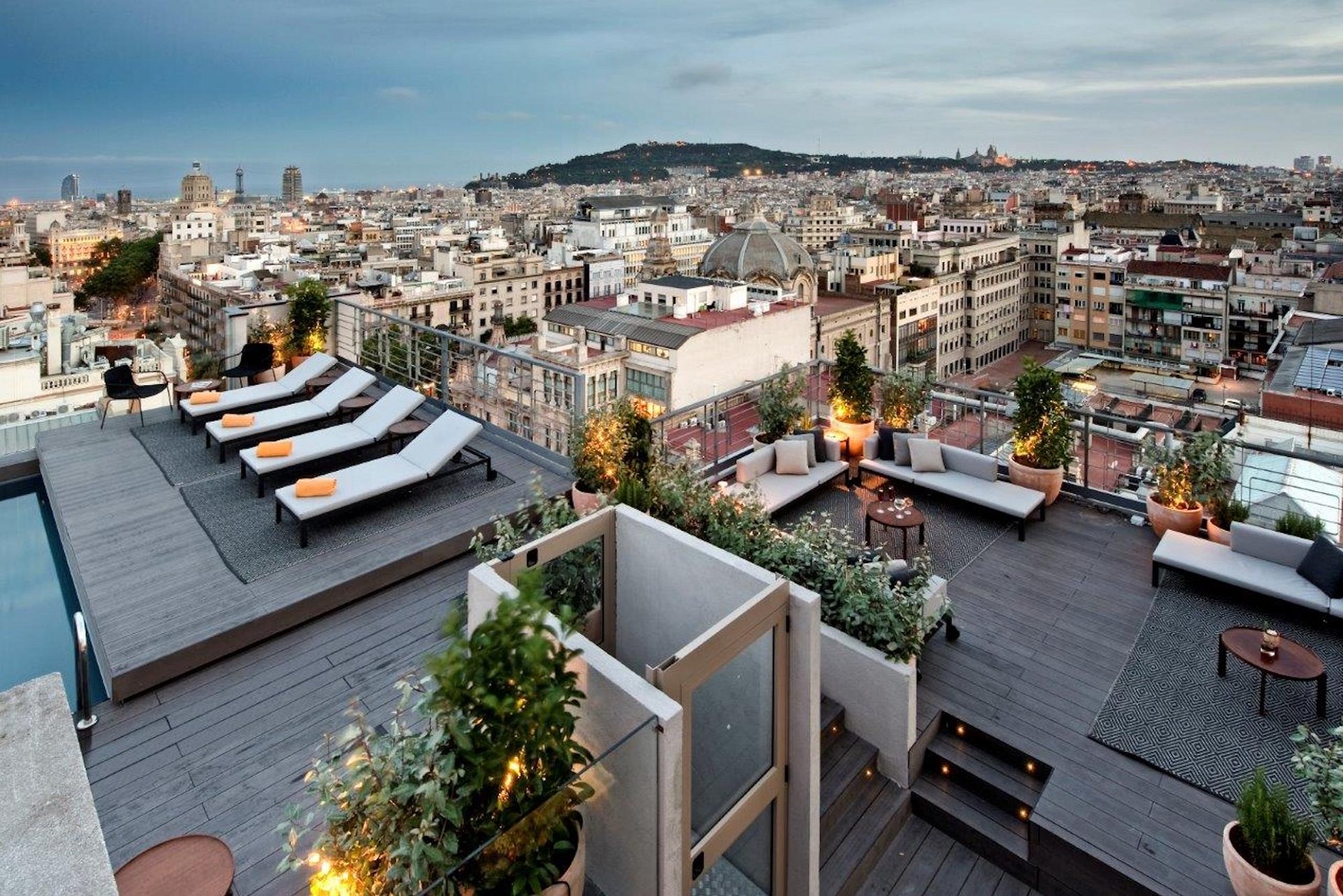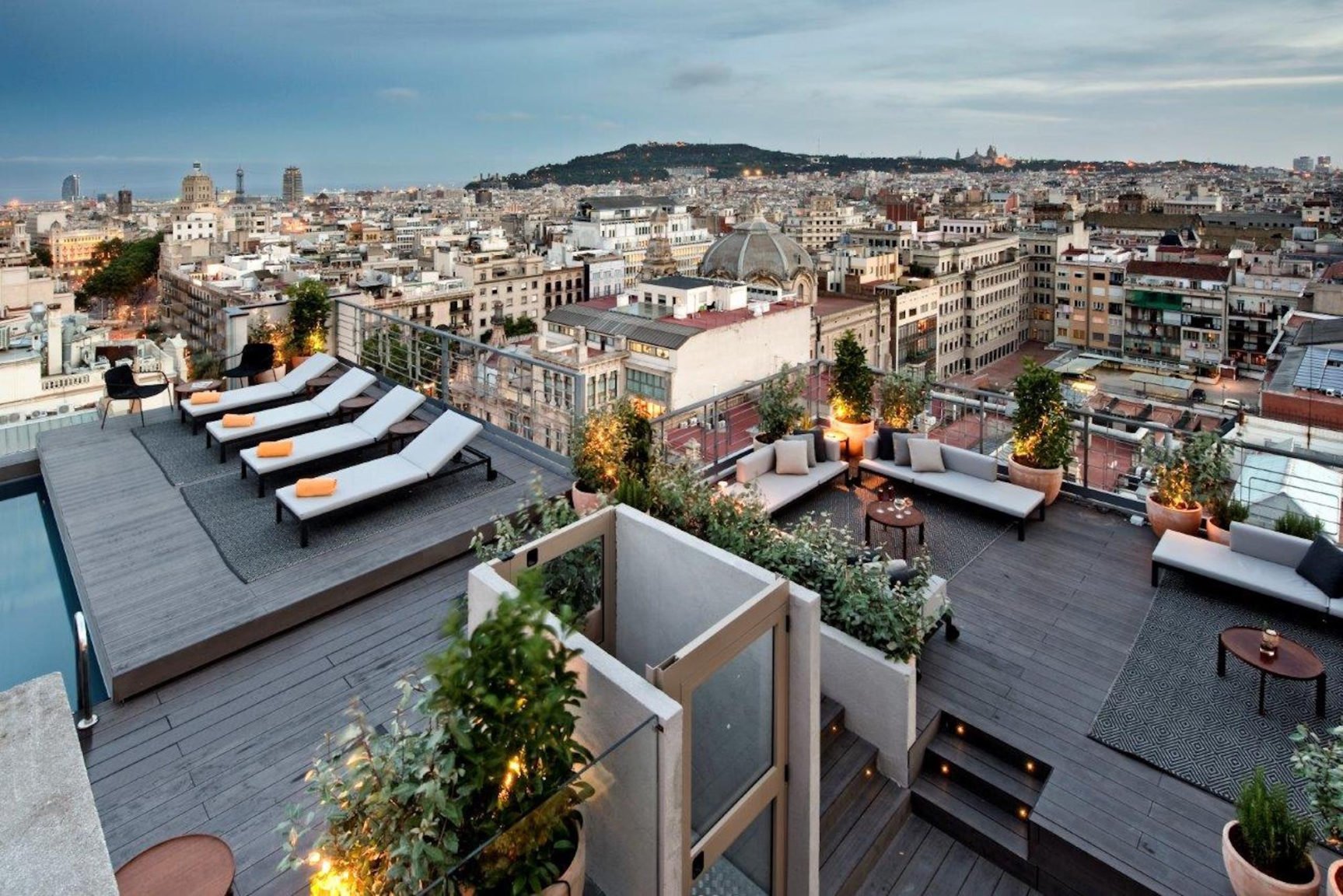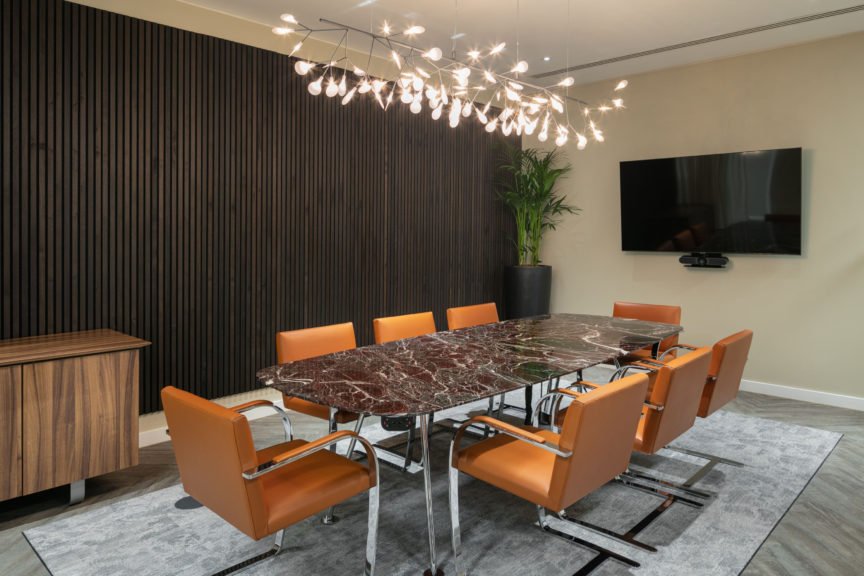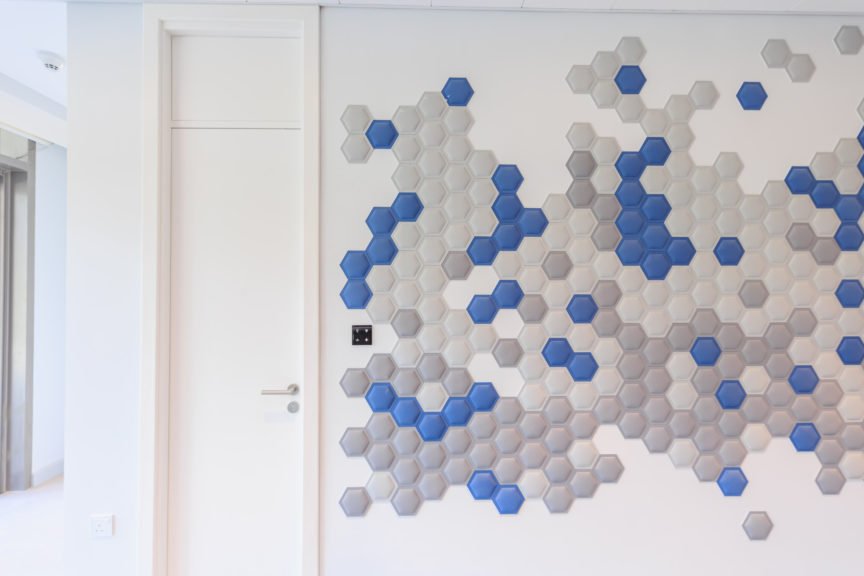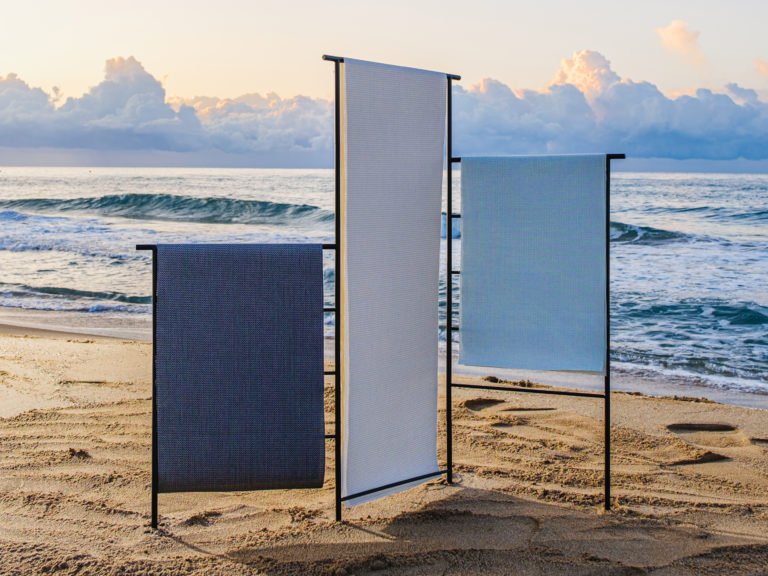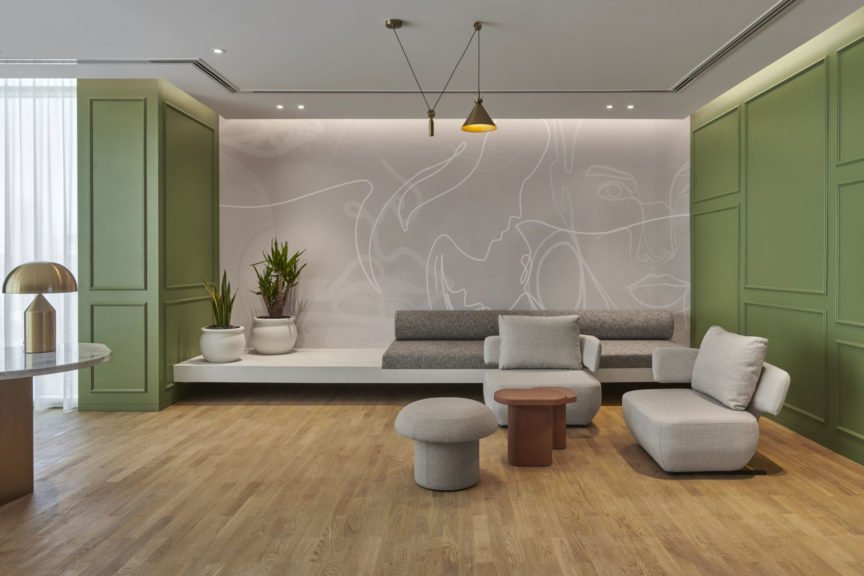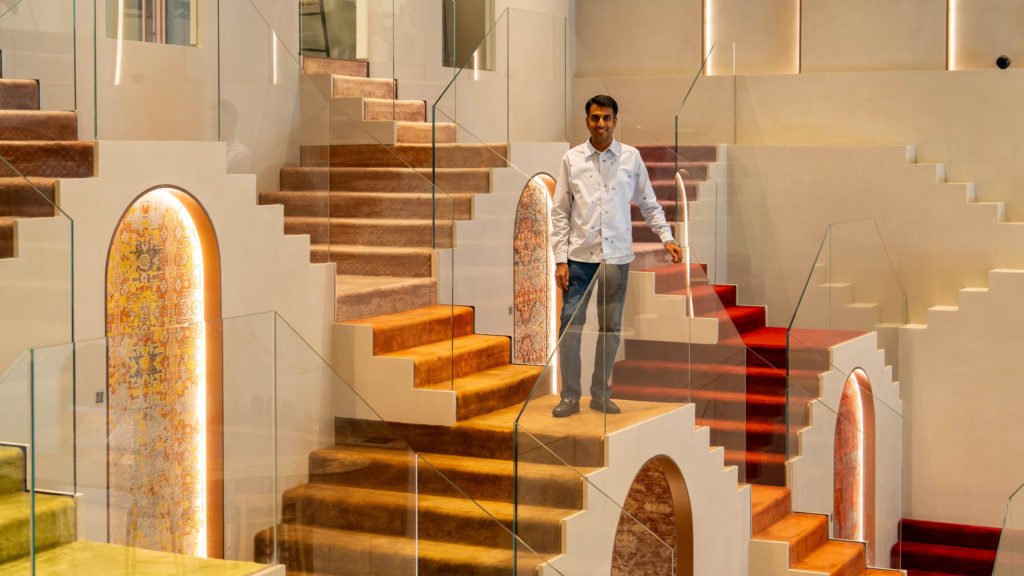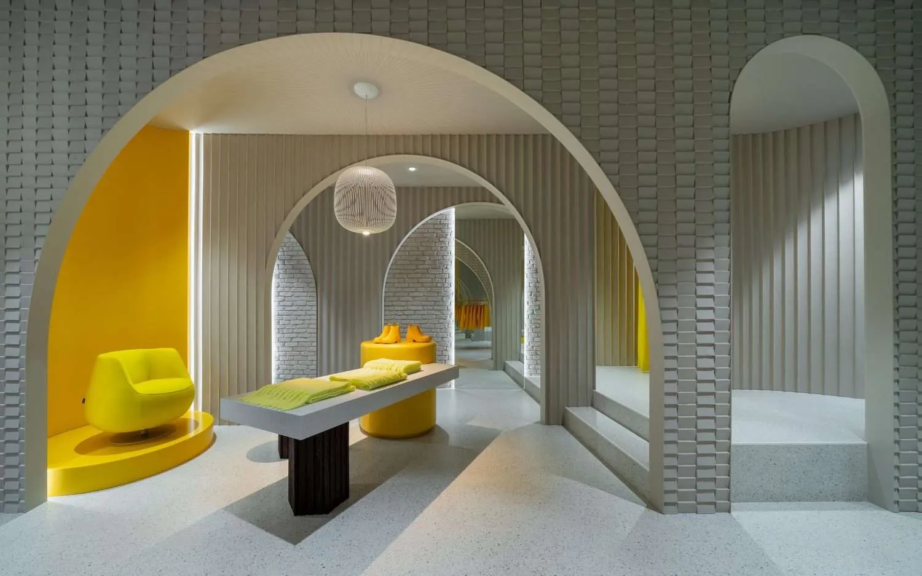Since the beginning, the architecture and design of Spain have been subject to influence. Yet, nothing ever manifests in the region without a Spanish spin. Courtesy of its location and political history, inspirations from the Mediterranean and European styles caught wind in the region – so much so that Spain was the second region to adopt Romanesque architecture in the 10th century. As styles kept emerging, Spanish architects and designers kept generating vernacular editions – for instance, in the 12th century, a distinctive style that meshed Islamic and Christian architecture, called Mudejar, grew in prominence. During the 17th century, Baroque architecture had a branch called Churrigueresque in Spain that was an exaggerated detailed version of Baroque itself. Spain became a center of unified design.
Under the grasp of Revivalism in Europe, in the 19th century, and the parallelly running Industrial Revolution, Spain truly carved their identity. Come, 20th century, Catalan Modernisme established Spain’s identity in the world, even as the movement bled into the contemporary phase, the population of Spain refused to let go of their identity. A fine example of this would be the timeline starting from the iconic and still-unfinished Sagrada Família by Antoni Gaudi in 1882 to German pavilion designed by Ludwig Mies van der Rohe in 1929 to Frank Gehry’s Bilbao Museum 1997, the region’s superiority in design became something the world began looking up to.
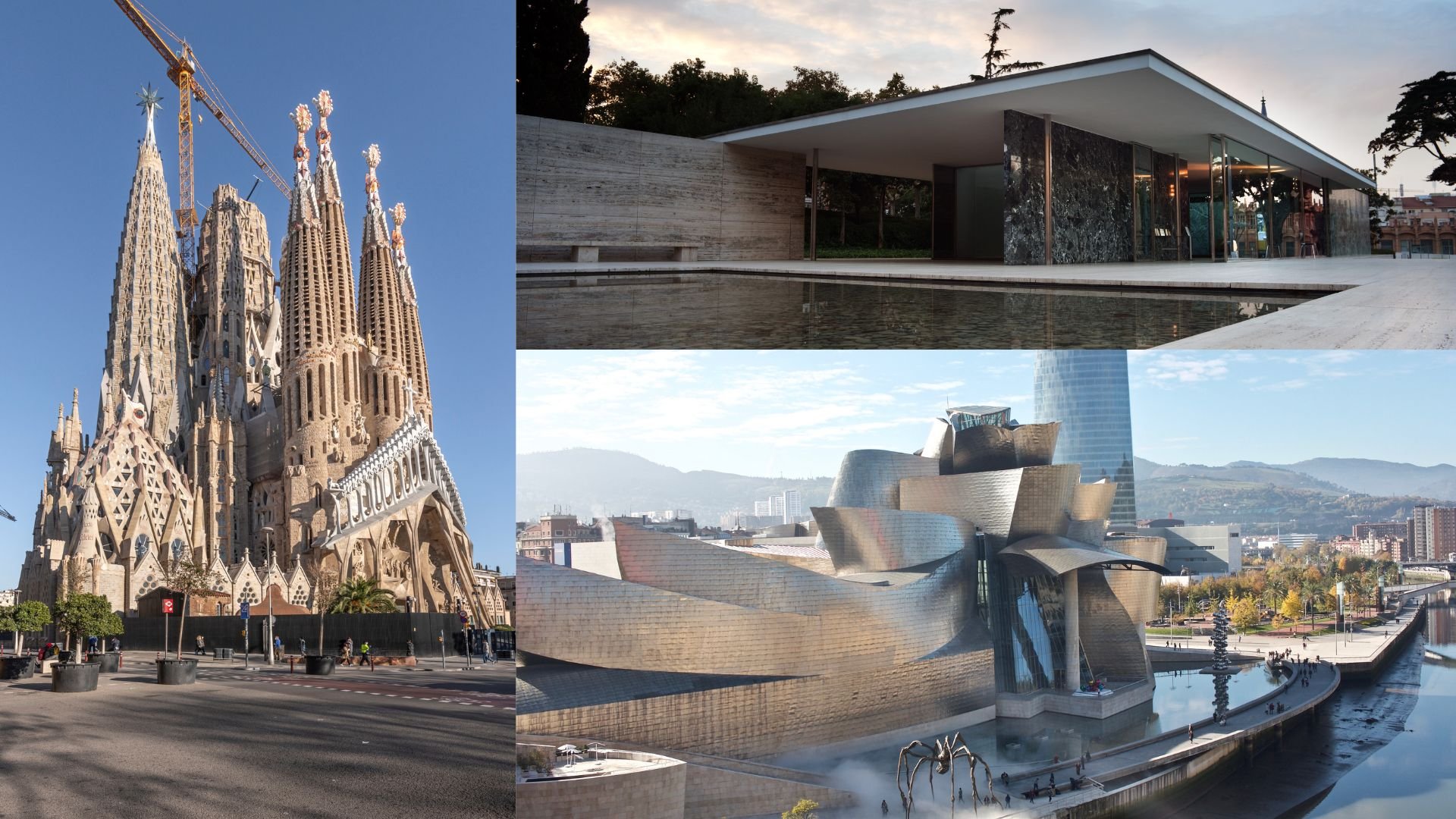
During this same period, even the realm of interior design began to take shape in the region. But who took them there? Here are stories of a few Spanish brands, brought to the Middle East by ICEX, that put Spain on the map in the world of interiors….
What we know today as the iconic Lladro, started out in 1953 in the village of Almàssera by three brothers – Juan, José and Vicente Lladró. Incepted as a pursuit of passion, the brothers began by making plates, vases and ceramic figurines inspired by the works of the great European manufacturers of Meissen, Sèvres and Capodimonte. This was also the period when modeling of flowers and the complex treatment of tulle took flight; some of these techniques can still be seen in the brand’s now-exhaustive range.
Through the years, innovations like coming up with a single-firing method, which gave Lladro autonomy over pastel tones, and defying gravity by using elongated lines in the pieces brought the brand to the forefront. This paired with the commitment to quality and novelty was their formula to leave a mark worldwide.
Currently, their latest collection of lighting, Seasons, is garnering attention thanks to their Art Deco and nature-inspired theme that can imbue vivaciousness in any space.
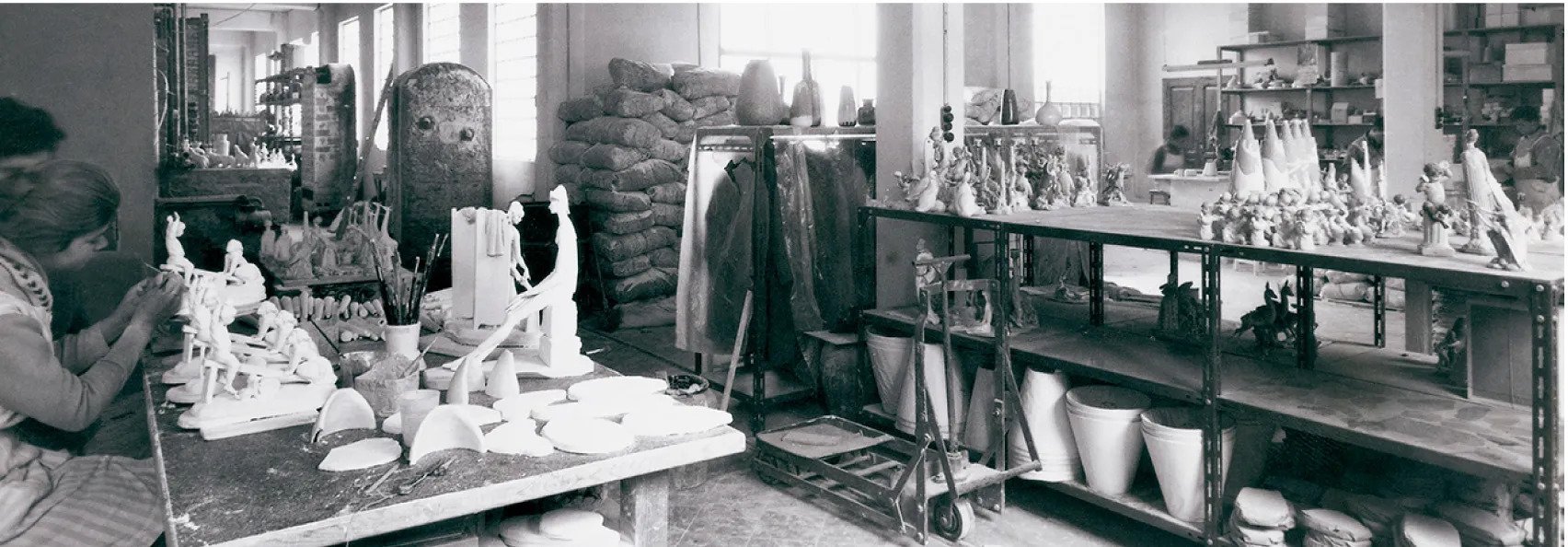
Good things take time, so did the evolution of Kriskadecor as a worldwide brand. Dealing mostly in metal art, the foundation for Kriskadecor was laid 1926 in Montblanc by grandfather Josep Maria, who started to develop his own machinery and managed to produce iron chain curtains which took off around the Mediterranean area. In around 1957, the official business began taking shape when his son, Josep Maria Sans Folch, improved the technique to work with anodised aluminum making it possible to explore with a multitude of color possibilities.
The business still remains thriving and in the family. Post-working with well-known architects and interior designers, and establishing its first subsidiary in the United States of America, Kriskadecor’s goal still stays unwavering – to empower imagination and bring innovation to life. Today, Kriskadecor boasts its chain links in the most creative scenarios – as space dividers, as wall coverings, as ceiling decor and much more. Clearly, for Kriskadecor, bespoke is the only scope!
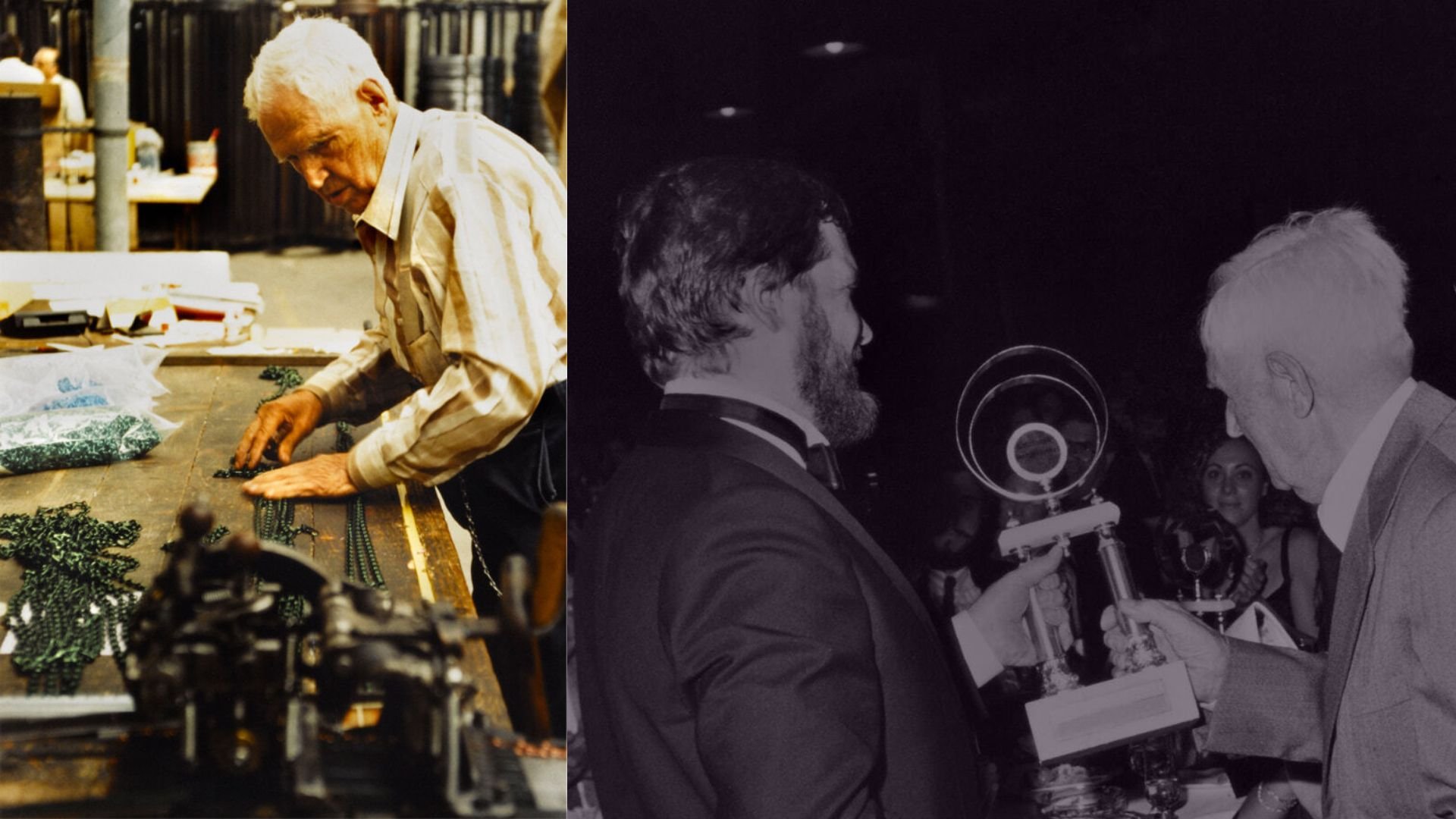
For Andreu World, it began in 1955 with 17-year-old Francisco Andreu Marti’s vision to transform his family’s small woodworking workshop into a company dedicated to the manufacturing of bentwood parts, assembling and finishing of chairs. In 1957, however, they had produced their first design, a chair named model 72 that brought in-focus the then-trending Nordic design.
Twenty years from then, Francisco worked towards building the foundation of the brand by steadily growing the production size, and eventually launching in 1969. Andreu Est, a large factory in his hometown of Alaquàs. Only on beginning export in 1975 and after officially being branded as ‘Andreu World’ in1980, did the company begin focusing on design. With perfected procedures and a trustworthy designer, Josep Lluscà, the company released its flagship Andrea chair, which would eventually be displayed at MoMa, New York. Since then, there has been no looking back for Andreu World. Recently, they released a collection in collaboration with one of the most revered designers of current times – Philippe Starck.
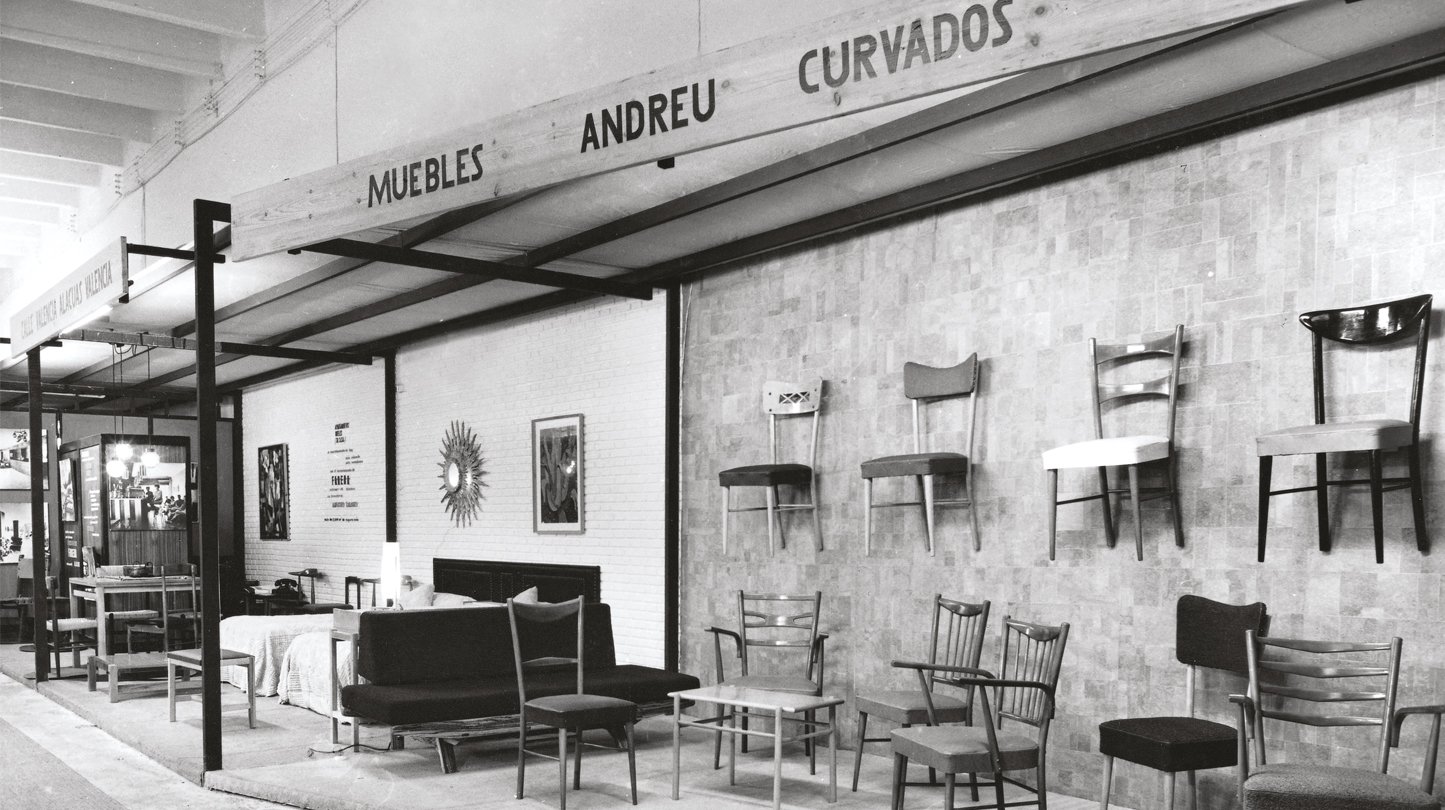
What began as Vicente Berbegal’s humble workshop that manufactured all types of furniture on-order in 1968 grew to a trusted name in home furniture that in turn blew up into a company that produced world-class office and corporate furniture by 1995. All through the years, ACTIU not only changed names, but also continuously updated their portfolio in accordance with the demands of the users – its gusto to constantly upgrade is the brand’s biggest weapon. Even the brand’s logo has feet to symbolize it is ever moving and ever evolving!
Reflecting this ethos, is a recent launch the Bee chair – a personal project designed by Vicente Berbegal, who refuses to stop creating even after 50 years. The furniture was launched at the Valencia Fair 2022, and shared space with other products like the Fluit chair, designed by the Italian studio Archirivolto Design, and the new Tubbe modular shelving unit from the brand. The brand will also be seen at Downtown Design soon between 9th and 12th September.
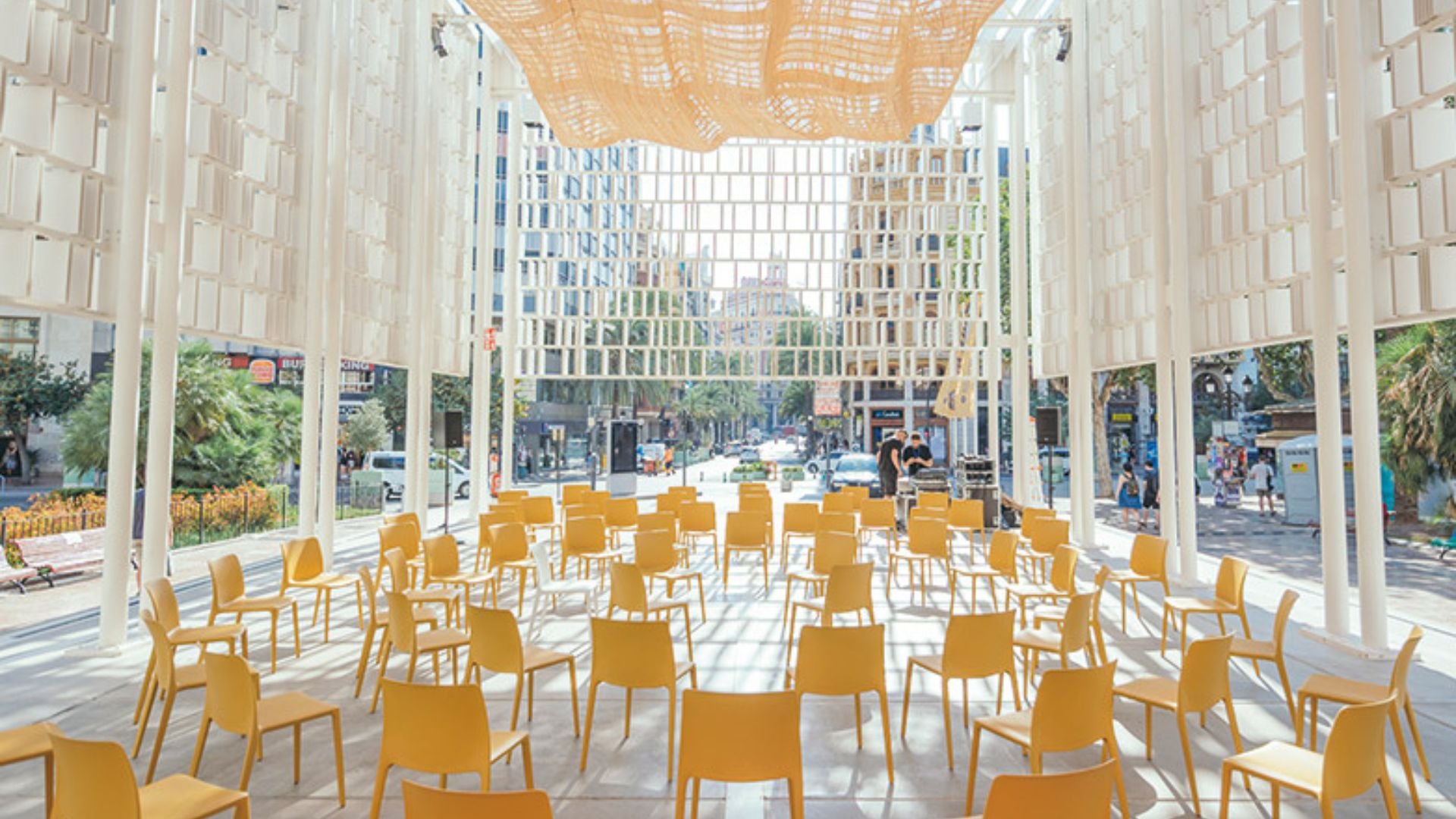
Porcelanosa’s history also goes back several decades to 1978. From starting out in a small village on the Spanish coast fifty years ago to having their tiles installed on the facades of buildings like Convivium Building and Dahlia Upper West Side in New York, Porcelanosa has certainly achieved a lot in the past years. Still a family-owned establishment on the Mediterranean, the brand is adept at spotting the design need of the hour and delivering architectural and design solutions succinctly.
Along with announcing the opening of their office in Dubai Design District to cater to Middle Eastern clients, earlier this month, Porcelanosa also launched its space in the Metaverse that offers a unique experiential value and will also be seen at the Spanish pavilion at Downtown Design from 9th to 12th September 2022.
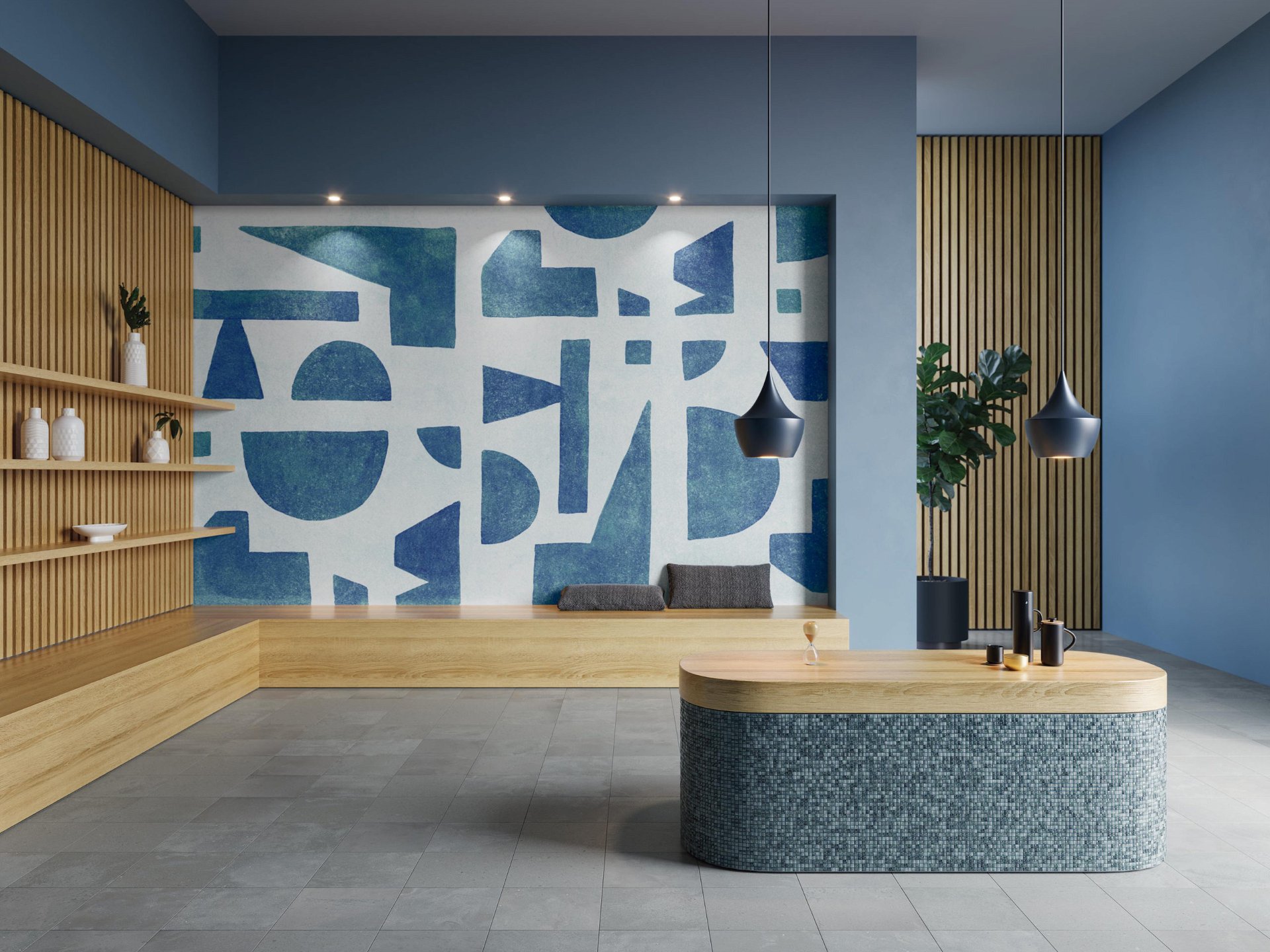
Although the youngest in the list, Bivaq, founded in 2003, is still two decades old and seems to be quickly climbing up the ladder of carving its niche in the world design scene. Located in Barcelona, the brand has a singular goal in mind – to be the best outdoor furniture manufacturer out there. Going on track, it has already managed to establish itself in 40 countries worldover.
Its latest collection, Garda, designed by Joan Gaspar is inspired by the great icons of constructivist and rationalist architecture. It usurps inspiration from the chairs and armchairs of the 50s, and consequently does away with ornamentation and focuses on comfort, lightness, and touch.
